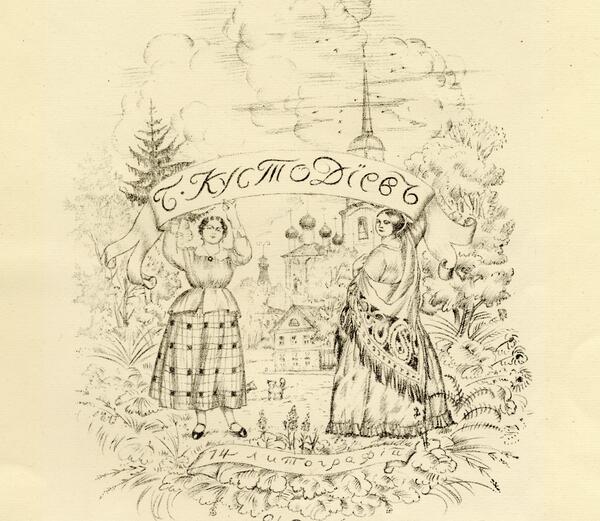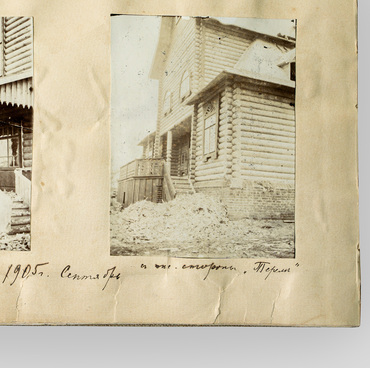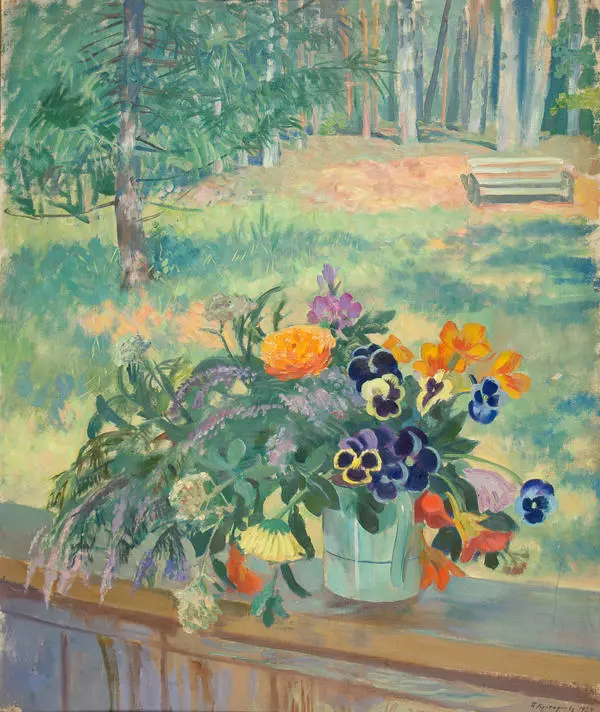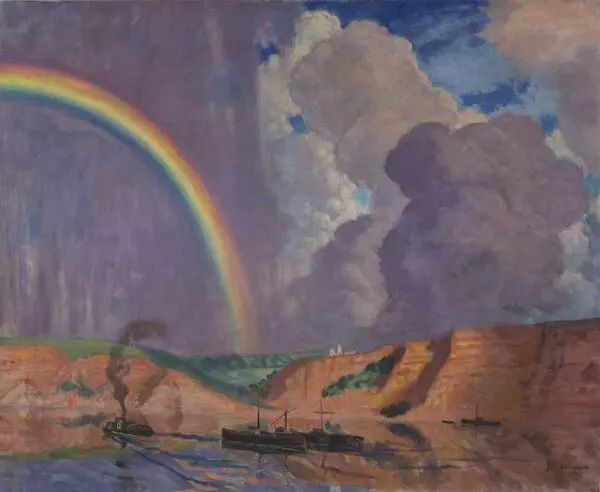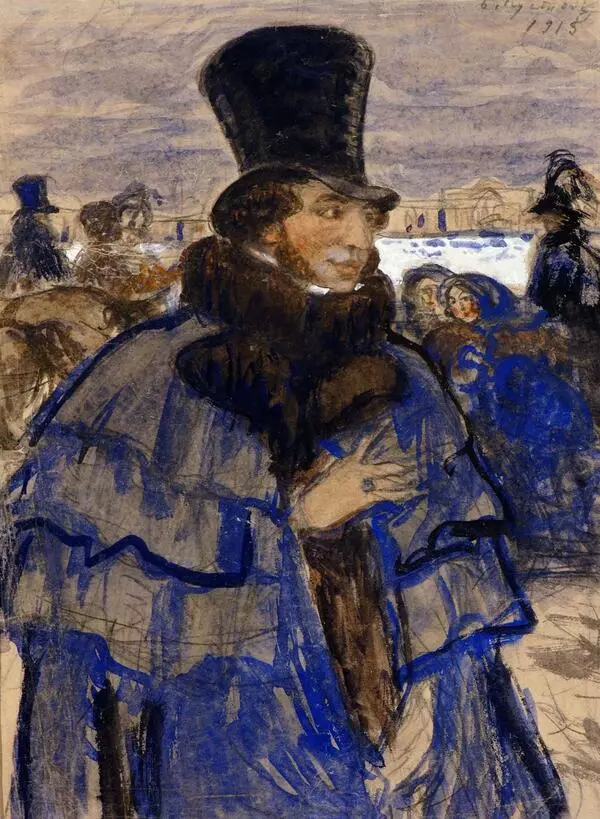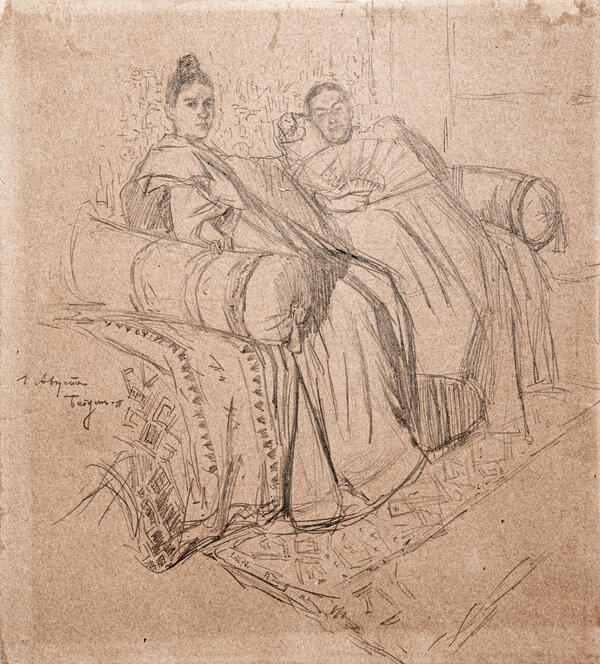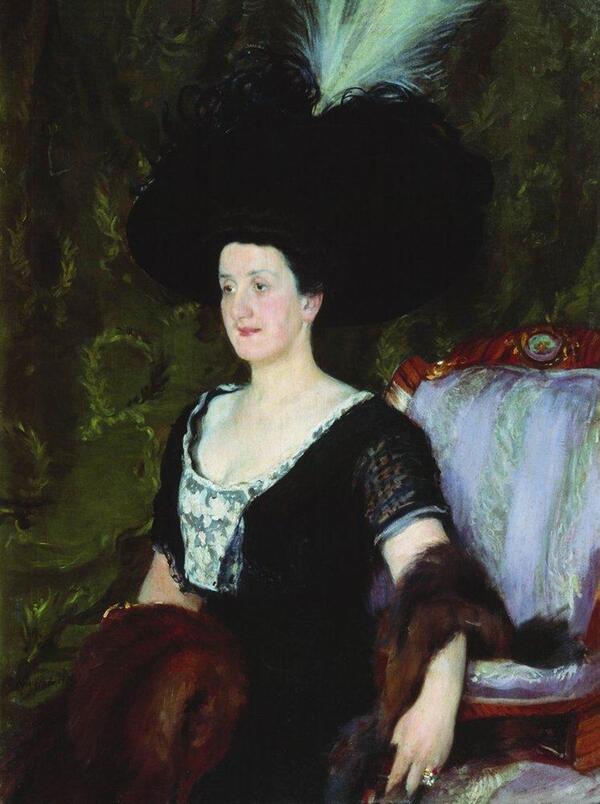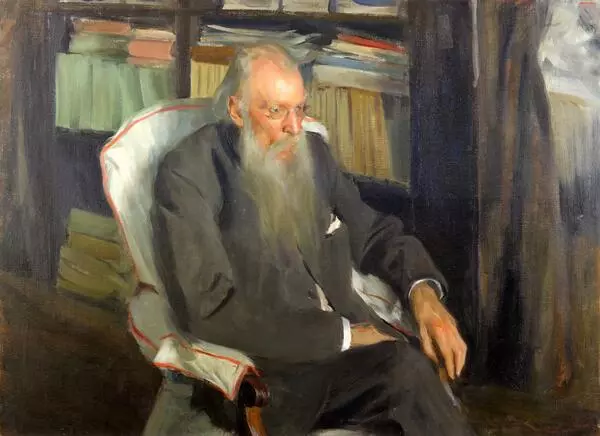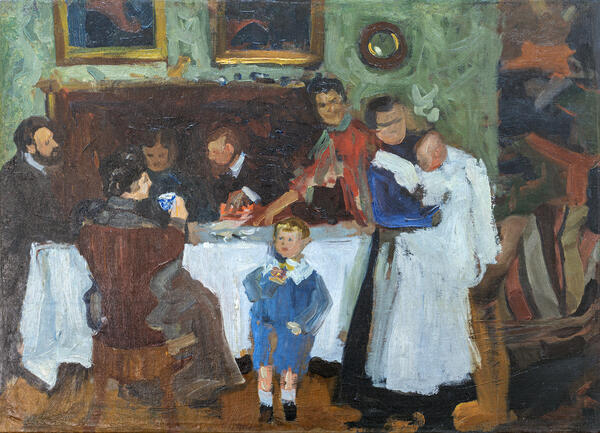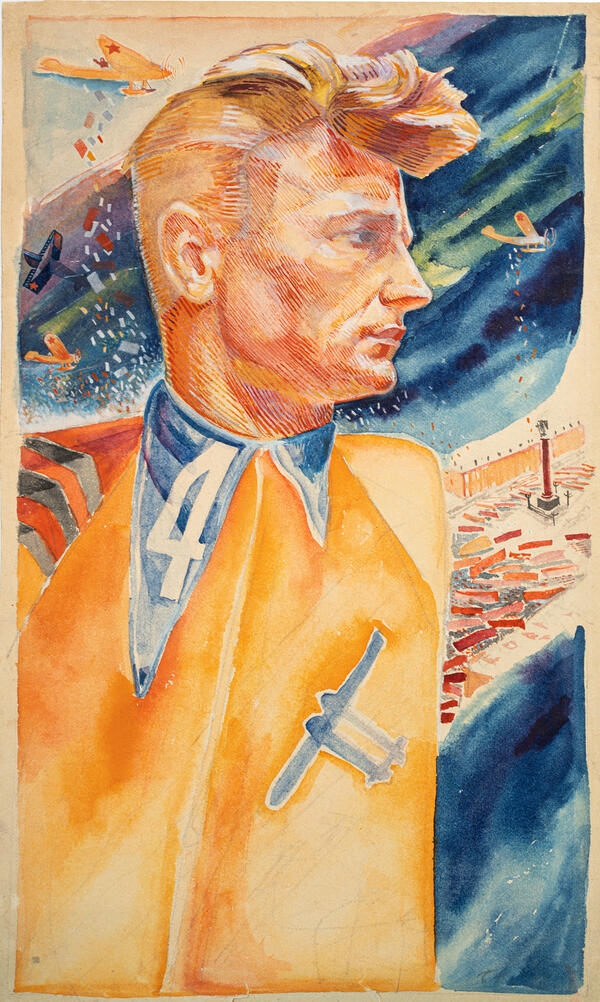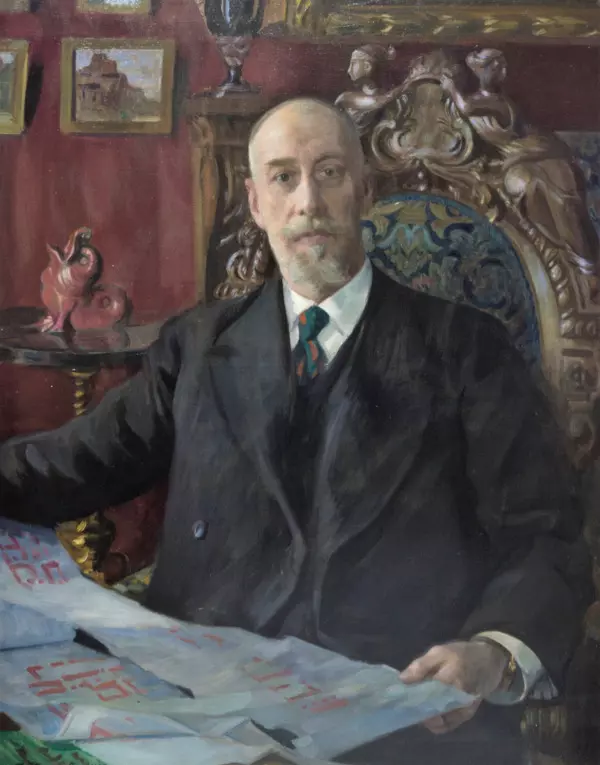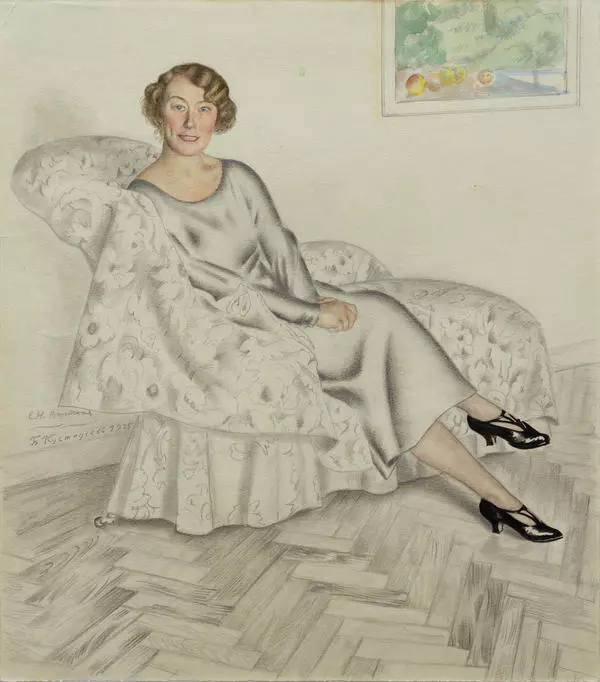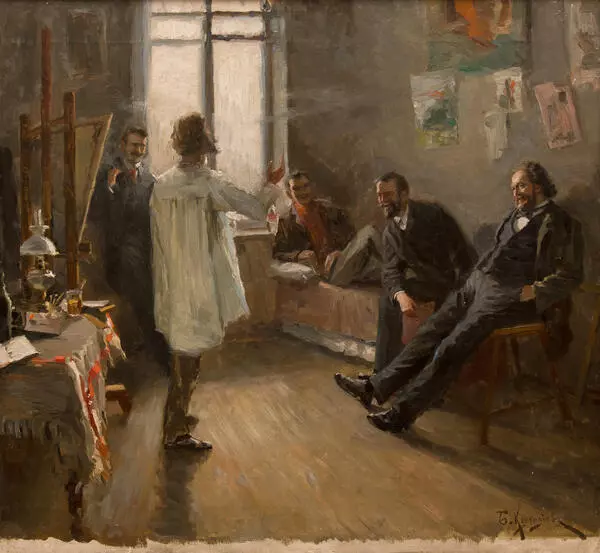The Boris Mikhailovich Kustodiev House Museum presents the album “Sixteen Autolithographs”, published by the Committee for the Popularization of Art Publications at the Russian Academy of the History of Material Culture in St. Petersburg in 1921.
The album was printed in the 15thState Printing House. The print run was 300 numbered copies. It is known that the Committee for the Popularization of Art Publications (based on the former publishing house of St. Eugenia Community) released several folders and albums with autolithographs of Russian artists included in the golden fund of Russian “fine art publications”. Among them is the Kustodiev album, based on a series of drawings created in the summer of 1921 in Staraya Russa.
Boris Kustodiev, fascinated by the technique of lithography, which was novel for him, highly appreciated “the effect of airiness and picturesqueness that it gives.” It is believed that the artist decided to render the rich color palettes of his genre paintings in the black-and-white language of graphics. That is why some of the sheets were also based on the subjects of the artist’s paintings (“Tavern”, “Bishop”, “Blue House”, “Summer”, “Volga”). In this series of works, Kustodiev recreated paintings of different seasons (“Spring”, “Summer”, “Autumn Road”), and crowded genre scenes (“Village Fair”, “Bishop”), as well as the gorgeous compositions “Merchant and Merchant’s Wife” and “Bather”. The edition consists of 14 lithographs, the title page and the table of contents, decorated with themed vignettes; all were lithographed with the direct participation of the artist himself. The new technique gave Kustodiev’s sheets a touch of poetry and transparency, or — “musicality”, as critics wrote. The melodious rhythm of his compositions, their clarity and precise ornamentation became especially noticeable. It was also noted that the public particularly enjoyed the abundance of telling details, scenes, full of charm, and the authenticity of the “bygone old life of the Russian merchant class”.
Part of the print run was special: some albums were
personalized and some were edited by the artist himself, numbered with Roman
numerals. Most albums were in black and white. However, Kustodiev usually
painted one of the illustrations, less often — the title page and the table of
contents, for the special albums. The painted ones look incredibly elegant and
are distinguished by “the inexplicable charm of the entire composition, as well
as the subtlety and softness of the color palettes.” The numbered copies often
included trial samples of the print.

